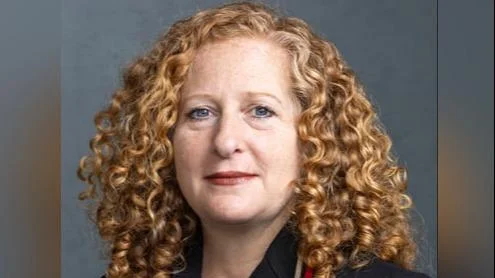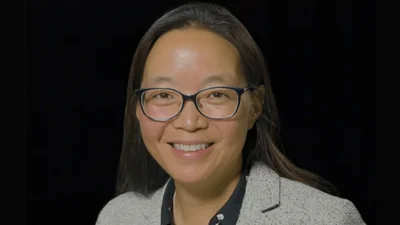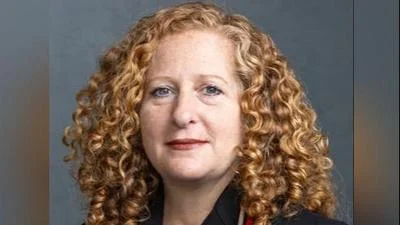Jennifer Mnookin Chancellor | Official website
Jennifer Mnookin Chancellor | Official website
Winners in the University of Wisconsin–Madison’s 14th annual Cool Science Image Contest span a wide range of perception — from molecules interacting in the membranes of individual cells to the stretchy insides of a cheese puff to a sky full of colors made by the strongest solar storm in decades.
A panel of experienced artists, scientists, and science communicators chose 10 winning still images and two videos based on their aesthetic, creative, and scientific qualities.
The winning entries showcase the research, innovation, scholarship, and curiosity of the UW–Madison community through traditional fine art techniques used to study various scientific phenomena.
The winning images will be displayed next week in an exhibit at the McPherson Eye Research Institute’s Mandelbaum and Albert Family Vision Gallery on the ninth floor of the Wisconsin Institutes for Medical Research. The exhibit runs through the end of 2024 and opens with a public reception at the gallery on Thursday, Oct. 3, from 4:30 to 6:30 p.m.
Among the winners:
1. A planarian flatworm can regrow a brain and ovaries from a tail fragment even after losing its head. Katherine Browder, Melanie Issigonis, and Phil Newmark studied this phenomenon using a laser scanning confocal microscope.
2. Neurons in a mouse can migrate among the outer layers of the brain. Erik Dent and Kendra Taylor used a scanning confocal microscope to track how shifting protein levels affect migration.
3. A collage of sperm storage organs from female fruit flies visualizes how warm temperatures affect sperm production. Ana Caroline Gandara created this image using a confocal microscope.
4. Sheets of cells migrate away from scales taken from fathead minnows to study environmental contaminants' effects on wound healing. Serena George used a light microscope for this research.
5. Crystals of lithium cobalt oxide grew in Robert Hamers' lab over weeks inside a heated crucible.
6. Human lung cells marked by light blue nuclei formed a heart shape serendipitously while studying pulmonary fibrosis genes expression by Angie Tebon Oler using a confocal microscope.
7. The microstructures inside cheddar puffs give clues about sensory properties development researched by Jason M. Pronschinske and others using a scanning electron microscope.
8. Complex interactions at liquid interfaces were studied through marbling art by Yue Sun using patterns transferred onto paper via flatbed scanner.
9. A panorama captured during one of the strongest solar storms in decades shows aurora borealis over Madison taken by Samuel L. Warfel with a digital camera.
10. Joshua D. Warner used custom equipment to photograph wulfenite crystals less than 2 millimeters wide with sharp focus.
UW–Madison’s annual Cool Science Image Contest recognizes technical and creative skills required to capture media that reveal something about our world while also leaving an impression with their beauty or ability to induce wonder.
Winning entries are shared widely across UW–Madison venues and showcased at campus science outreach events throughout the year.
The contest is sponsored by Madison’s Promega Corp., with additional support from UW–Madison’s Office of Strategic Communication.
The judges for this year's contest included:
- Steve Ackerman
- Kevin Eliceiri
- Michael P. King
- Kara Rogers
- Ahna Skop
- Kelly Tyrrell
###






 Alerts Sign-up
Alerts Sign-up